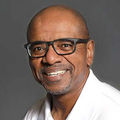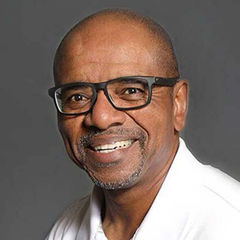In its Global Status Report on Physical Activity 2022, the World Health Organization (WHO) offers its first assessment on the progress made in implementing the 20 policy recommendations outlined in its Global Action Plan on Physical Activity 2018-2030: More Active People for a Healthier World, which targeted the creation of more active societies, environments, people and systems.
Unfortunately, what this assessment finds is that progress toward the stated goal of a 15% relative reduction in physical inactivity by 2030 is slow and unequal, a reality only worsened by the COVID-19 pandemic, which stalled many initiatives and negatively impacted policy implementation. This, in turn, widened the inequities in opportunities for engaging in physical activity in many communities.
As Dr. Tedros Adhanom Ghebreyesus, the Director-General of WHO, states in the foreword to the Global Status Report, “This must change – and change fast.”
If governments don’t take urgent action to encourage more physical activity among their populations, the WHO states that almost 500 million people will develop heart disease, diabetes or other noncommunicable diseases attributable to physical inactivity between 2020 and 2030. And, these conditions will cost the world US$ 27 billion annually.
Consider the following rundown of statistics from data gathered from 194 countries:
- Less than 50% of countries have a national physical-activity policy, of which less than 40% are operational.
- Only 30% of countries have national physical activity guidelines for all age groups.
- While nearly all countries report a system for monitoring physical activity in adults, 75% of countries monitor physical activity among adolescents and less than 30% monitor physical activity in children under 5 years old.
- In policy areas that could encourage active and sustainable transport, only just over 40% of countries have road design standards that make walking and cycling relatively safe options.
Another area of concern centers on data and other indicators that can be used to measure progress, such as access to parks and walking paths. While some countries have that data, others do not, making it very difficult to track something as fundamental as infrastructure changes that encourage movement. If there is no data, there is often no accountability and too little action taken.
The new report calls for countries to prioritize physical activity as a means to improve health and address noncommunicable diseases, and to integrate physical activity into all relevant policies. In addition, the report encourages the development of tools and training to improve future implementation.
What Can Health Coaches and Exercise Professionals Do to Help?
Among the guiding principles of the Global Action Plan is “equity across the life course,” which is meant to address disparities in physical-activity participation by age, gender, disability, pregnancy, socioeconomic status and geographic location by creating opportunities for physical activity for all people. This is, of course, a foundational tenet of the American Council on Exercise and an area where ACE Certified Professionals can make a real impact in their communities. Another guiding principle is “evidence-based practice,” which is also a foundational element of ACE’s work.
While health coaches and exercise professionals may not be able to directly influence policy decisions or the creation of safe environments for physical activity, they can certainly help address the strategic objective to “create healthy people.” The goal in this area is to create and promote access to opportunities and programs to help people of all ages and abilities to engage in regular physical activity as individuals, families and communities, which aligns with the work ACE Certified Professionals do every day.




 by
by 









 by
by